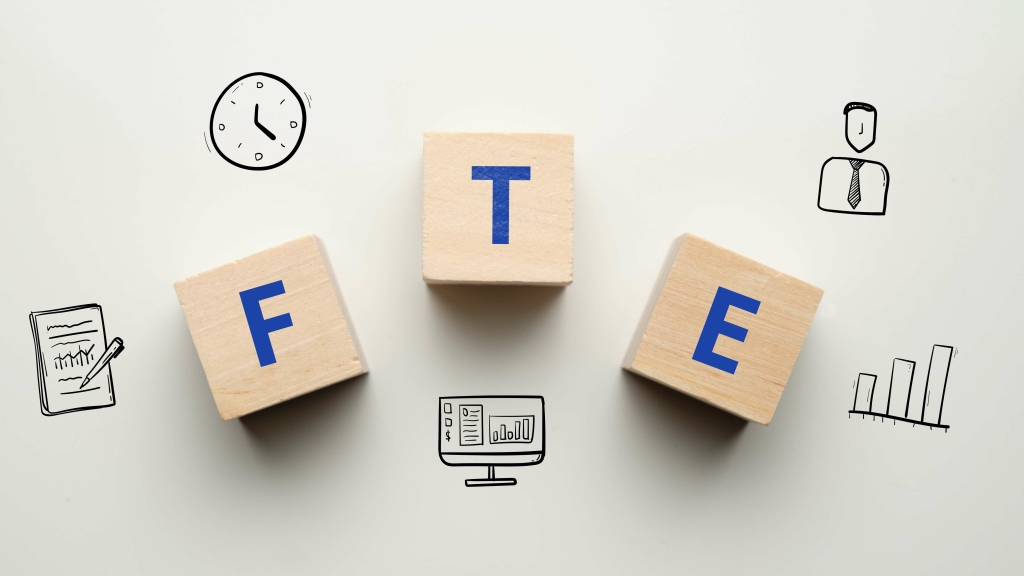
From the perspective of a CFO, managing period costs is about striking a balance between necessary expenditures and cost-saving measures. For instance, advertising expenses, a common type of period cost, can be substantial, but they are crucial for brand recognition and market penetration. A marketing manager, on the other hand, might argue for increased spending in this area, citing the long-term value of customer acquisition and brand loyalty. For instance, consider a company that launches an extensive advertising campaign in Q1 but does not see a revenue increase until Q2. The advertising expense is recorded as a period cost in Q1, aligning with the accrual basis of accounting. Similarly, the salary of the CEO, who may strategize for long-term growth, is a period cost expensed in the period it is incurred, despite the benefits potentially materializing over several periods.

Accounting
Unlike variable costs, which fluctuate with production volume, period costs are incurred regardless of the business activity level. These fixed costs, such as rent, administrative salaries, and utility expenses, can significantly impact the bottom line and necessitate astute management strategies. By optimizing period cost management, businesses can achieve a more predictable cost structure, enabling better budgeting and financial planning. If the related products are sold at once, then these costs are charged to the cost of goods sold immediately. If the products are not sold right away, then these costs are instead capitalized into the cost of inventory, and will be charged to expense later, when the products are eventually sold. Period costs include any costs not related to the manufacture or acquisition of your product.
- When the prepaid expense expires, it will move to the income statement and become part of that period’s SG&A expenses.
- Period costs include any costs not related to the manufacture or acquisition of your product.
- Kristin is also the creator of Accounting In Focus, a website for students taking accounting courses.
- So, if the revenues are recognised for an accounting period, then the expenses are also taken into consideration irrespective of the actual movement of cash.
- Service companies use service overhead, and construction companies use construction overhead.
Explanation of the cost flow in manufacturing vs service industries
Understanding period costs is essential for finance professionals seeking to make informed decisions in private equity, investment banking, and corporate finance. period costs By comprehending the nature and significance of period costs, professionals can effectively manage expenses, optimize cost structures, and drive overall business performance. In financial statements, period costs are recognized as expenses in the period they are incurred.
- A product cost is initially recorded as inventory, which is stated on the balance sheet.
- Period costs can be separated by category on the income statement to help understand what the costs are and how much is spent on each.
- Materials like oil, nails or screws are hard to be account for and thus their cost cannot be traced to cost object easily and therefore treated as indirect material.
- However, it’s not just the tech giants that are turning to LatAm for talent.
- These unsold units would continue to be treated as asset until they are sold in a following year and their cost transferred from inventory account to cost of goods sold account.
- The wages paid to a construction worker, a pizza delivery driver, and an assembler in an electronics company are examples of direct labor.
The Temporal Dimension of Period Costs

It is essential for businesses to monitor their period costs closely to manage their financial performance effectively. By understanding the difference between product costs and period costs, you can better manage your business’s finances and make informed decisions about how to allocate resources. Other examples of period costs include salaries and benefits for administrative staff, insurance premiums, and software subscriptions. These costs remain constant over a specific period, regardless of production levels. Ending inventory is like a treasure trove of products waiting to leave the shelves and go to customers. The product costs, including direct materials, labor, and overhead, are like the guardians of this treasure.
- Direct materials include costs such as raw materials and supplies, while direct labor costs refer to the wages paid to employees who work directly on a product.
- Balancing product and period costs is important for your business performance efficiency.
- Managing administrative expenses effectively involves optimizing processes, reducing waste, and ensuring that resources are allocated efficiently to support the organization’s goals and objectives.
- This distinction is vital because it influences the net income reported on financial statements.
- Conversely, period costs encompass expenses such as administrative salaries, marketing expenses, and research and development costs.
- However, if this strategy leads to a substantial increase in user base and market share, the long-term benefits could outweigh the initial period costs.
- The direct materials, direct labor and manufacturing overhead costs incurred to manufacture these 500 units would be initially recorded as inventory (i.e., an asset).
The timing of period costs
While these costs are necessary for the overall functioning of the business, they do not directly contribute to the production of goods or services. Period cost (often referred to as period expense) is any other cost that is incurred by the entity that does not directly relate to the entity’s manufacturing process. While the production process is the core activity for a manufacturing entity, there are several other activities that it must conduct to keep its operations running. These can include administrative, logistical, financial, distribution, sales and marketing functions etc. Costs incurred on these other business activities that are not specifically linked to the manufacturing process qualify as period costs. A manufacturer’s product costs are the direct materials, direct labor, and manufacturing overhead used in making its products.
- In the intricate world of accounting and management, period costs stand as a critical concept that influences financial reporting and strategic decision-making.
- Variable costs can be further broken down into direct materials and direct labor costs.
- Period costs are systematically recorded in the income statement as expenses in the period they are incurred.
- While carrying raw materials and partially completed products is a manufacturing cost, delivering finished products from the warehouse to clients is a period expense.

Under the accrual method of accounting, period costs such as selling, general and administrative expenses are reported on the income statement in the accounting period in which they are used up or expire. bookkeeping They are referred to as period costs because they are not assigned to products, and therefore cannot be included in the cost of items held in inventory. By examining these examples, it becomes clear that the method of accounting for period costs must be tailored to the operational realities of each industry. The common thread is the need to understand how time influences the allocation of these costs and the strategic decisions that result from this understanding. Effective period cost management can lead to more accurate pricing, better budgeting, and improved financial performance across all sectors.
These two type of costs are significant in cost accounting, that most people don’t understand easily. So, take a read of the article, that sheds light on the differences between product cost and period cost. These costs are not directly tied to the production of goods or services, but rather to the overall operation of the company. Examples of period costs may include rent, salaries and wages of administrative staff, office supplies, marketing and advertising expenses, and other similar expenses.

Period Costs
The fixed cost per unit of output will vary inversely with changes in output level. Fixed cost is treated as a time cost and charged to the Profit and Loss Account. There is no fixed approach to identifying the period expense in all the particulars. The Management accountant Sales Forecasting has to carefully evaluate the time cost and check whether the same will form part of an income statement. Expert guide to accounting reserve account management & fund allocation strategies for businesses, optimizing financial efficiency & growth.
Leave a Reply